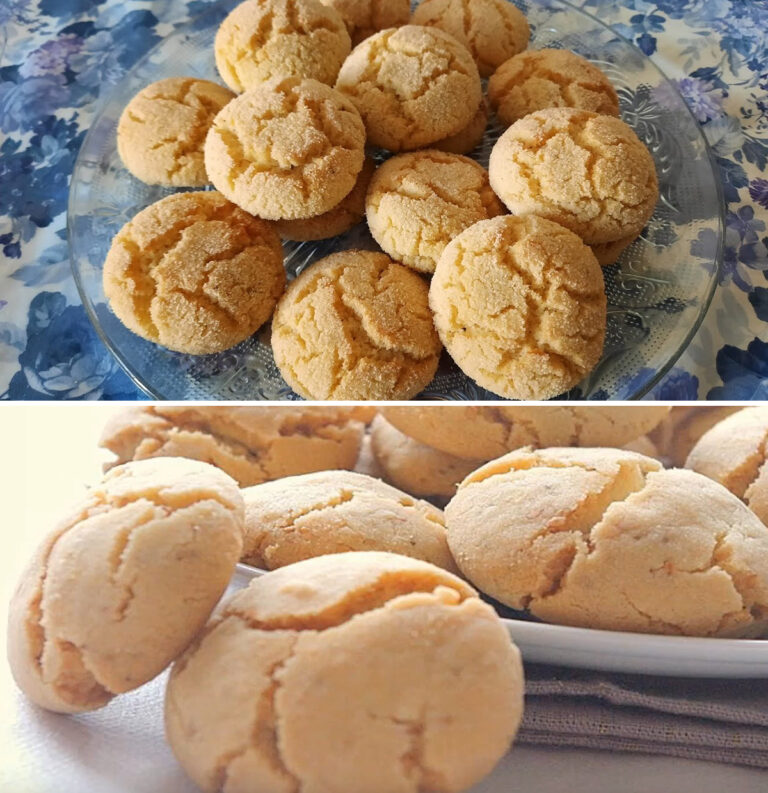Procedure
Preparation of the almonds: Toast the almonds in the oven at 160 degrees C for about 8-10 minutes, until light gilding. Let them cool, then chorize them finely in a mixer until you get an almond flour, taking care not to chol and choke for too long to avoid getting an oily paste.
Preparation of the dough: In a bowl, mix the 00 flour, sugar, almond flour and a pinch of cinnamon or vanilla (if used). Add the grated lemon zest to give a fresh aroma. Add the egg and liqueur (if you use it) and work until you get a homogeneous dough. The dough will be slightly sticky, but do not add too much flour to prevent the cookies from being hard.
Formation of broad beeches: Take small portions of dough and shape balls about 2 cm in diameter. You can leave them rounded or slightly ovalized, depending on your preferences, and flatten them slightly with the palm of your hand.
Cooking: Arrange the sweets on a baking tray lined with parchment paper, slightly distancing them. Bake them in a preheated oven at 160 degrees for about 10-12 minutes, until they are slightly golden. Avoid cooking them too much to keep them crumbly inside.
Service and storage : Let the treats completely cool before serving them. The bee beads of the dead can be stored in a tin box or in an hermetic container, where they will keep their fragrance for several days.
Advice and variants
The bean of the dead changes slightly from one region to another. In some versions, for example, a sprinkling of icing sugar is added once baked. In addition, in some areas it is preferable to use hazelnut flour instead of that of almonds, or a mix of the two, to give a different flavor to the sweet.
Meaning and tradition
The fava bean of the dead are prepared and consumed in this period to commemorate the dead, a tradition that refers to ancient rites. In ancient times, it was believed that the fava beans represented the soul of the dead and were used in sacred and propitiatory rites. Today these sweets keep alive the bond with Italian traditions, becoming a culinary symbol of this time of the year.
